Can you imagine what it would look like to create small group learning structures where all students are on-task and engaged in learning with little to no behavior issues? Creating a small group learning plan that includes multiple tiers of support for students is the most effective way to run a successful math workshop. In this post, I share three strategies for effective math station management.
Teammate: “How do you get your students to stay on task?”
Me: “What do you mean? That’s the expectation.” 🤔
—
Over the years, I’ve had many teachers ask me about how I get my students to stay on task and engaged in our math station activities.
My response is always the same.
And, while my response may sound flippant at times, it’s the truth. When we establish expectations and provide our students with the tools they need to meet them, they will be successful.
But, I realize my response does not answer the question.
The truth is my students stay on task because they understand the expectations and we practice them numerous times before working in small groups.
I start building the runway for my small group math program during the first days and weeks of school and continue to provide feedback and reinforce expectations during each math station rotation. By the time our small group math program is up and running, students have the essential routines and procedures under their belts and are ready to start.
Barriers to Success
For most teachers, the biggest barrier to success with small group math, including math workshop, guided math, and math stations, is management.
Here are the three small group math management challenges I hear the most from teachers:
- Behavior management
- Independence
- Lack of engagement
So, how do you overcome these challenges?
Read on, friend.
Creating a small group learning plan that includes multiple tiers of support for students is the most effective way to run a successful math workshop. In the paragraphs that follow, I share strategies for implementing the three tiers, including teaching essential routines and procedures, using familiar activities, and creating opportunities for students to get help.
Three Tiers of Math Station Management
Tier 1: Teach Essential Routines and Procedures
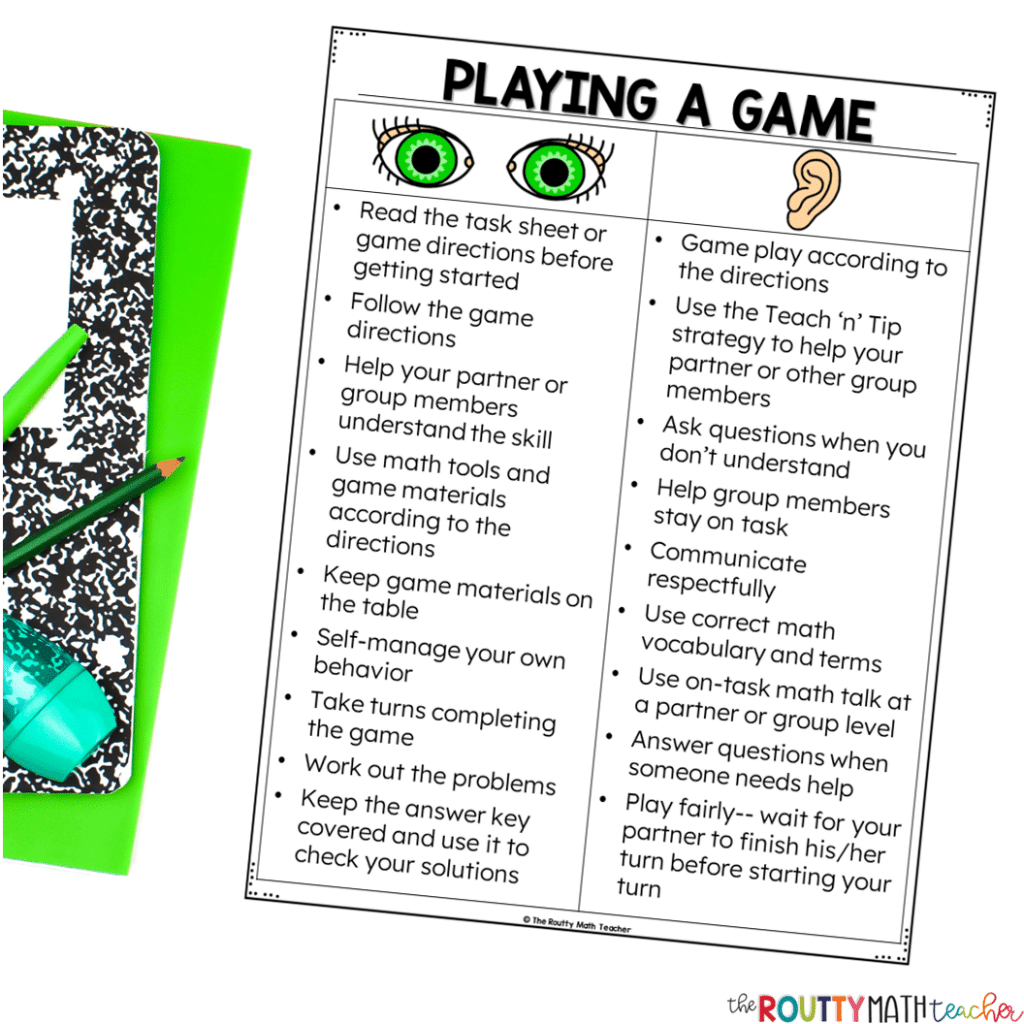
At the beginning of the school year, I decide which routines and procedures are most important for my students to be successful with small group math instruction. Then, I create visuals to reinforce the expectations for each routine or procedure. Finally, I plug the routines and procedures into my first unit of instruction so I can explicitly teach them.
Once I teach a routine or procedure, I continue to provide opportunities for students to review and practice them. I provide praise and feedback frequently.
I had a principal who used to say, “You go slow to go fast.” This applies when we are teaching procedures and routines. Here are some additional strategies I use to get my station rotation up and running.
- Start with two math stations and include the activities you plan to use the most.
- Avoid implementing a teacher table until students are ready.
- Introduce new stations, one at a time, once students have mastered the first two.
Tier 2: Use Familiar Activities
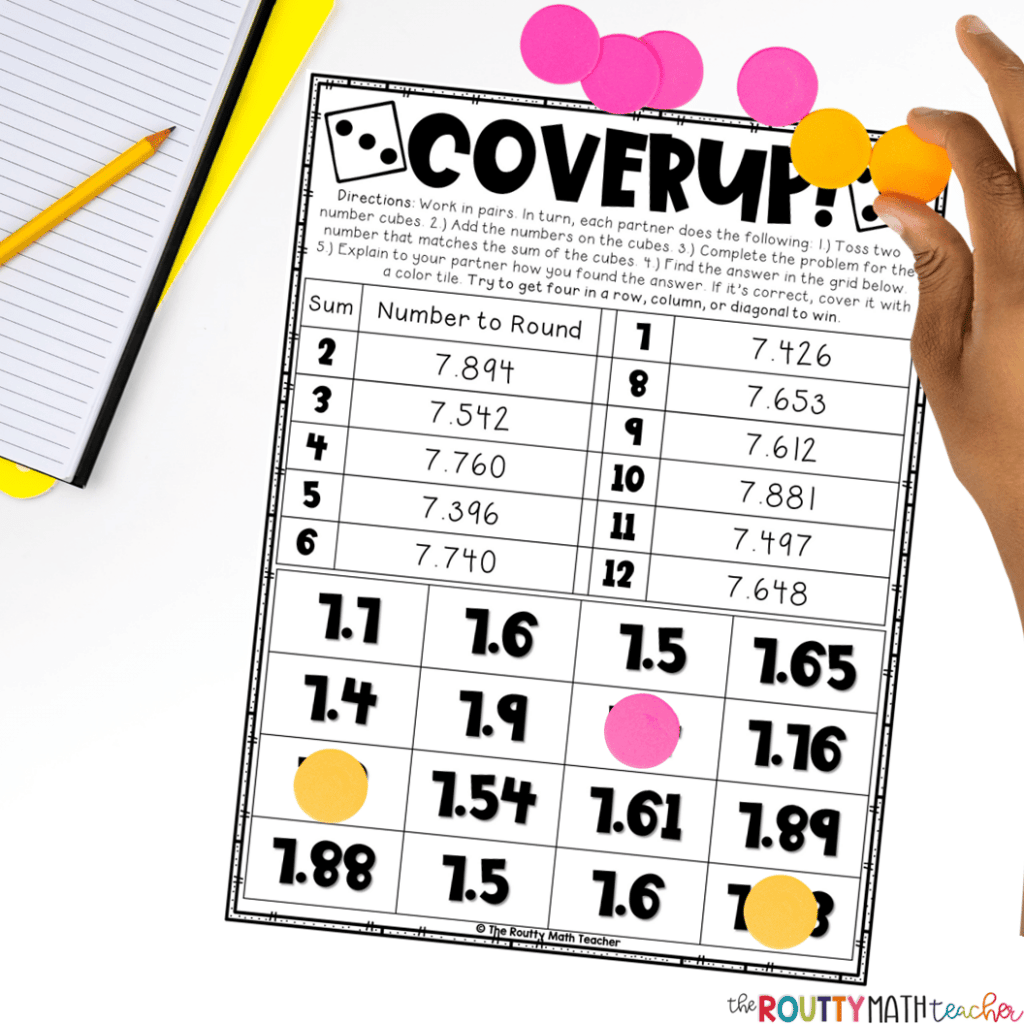
We’ve all heard the saying, “Idle hands are the devil’s workshop.”
While I don’t believe our students are devils, I do recognize that when they don’t have enough to do or are unsure of the directions, they are more likely to be off-task and misbehave.
My remedy for this problem is to use the same types of materials for each rotation. My go-to math station resources include:
- Simple card and dice games
- Task cards
- Digital activities
- Commercial products, such as VersaTiles
I know it can be challenging to find enough materials to fill your math station buckets, so I have a quick tip for you.
Several years back, I wanted to create a game I could use after my whole-group lesson but couldn’t find anything I loved.
So, I thought about a simple game that came with our textbook series. When I got home, I re-created it and filled in the tasks with some of the problems from the lesson.
This sparked a slew of ideas about how I could use these game templates to create new games and activities for math stations. They were perfect because once students got familiar with the games and knew what to do, they were able to start working right away because the format was familiar.
Tier 3: Create Opportunities for Students to Get Help
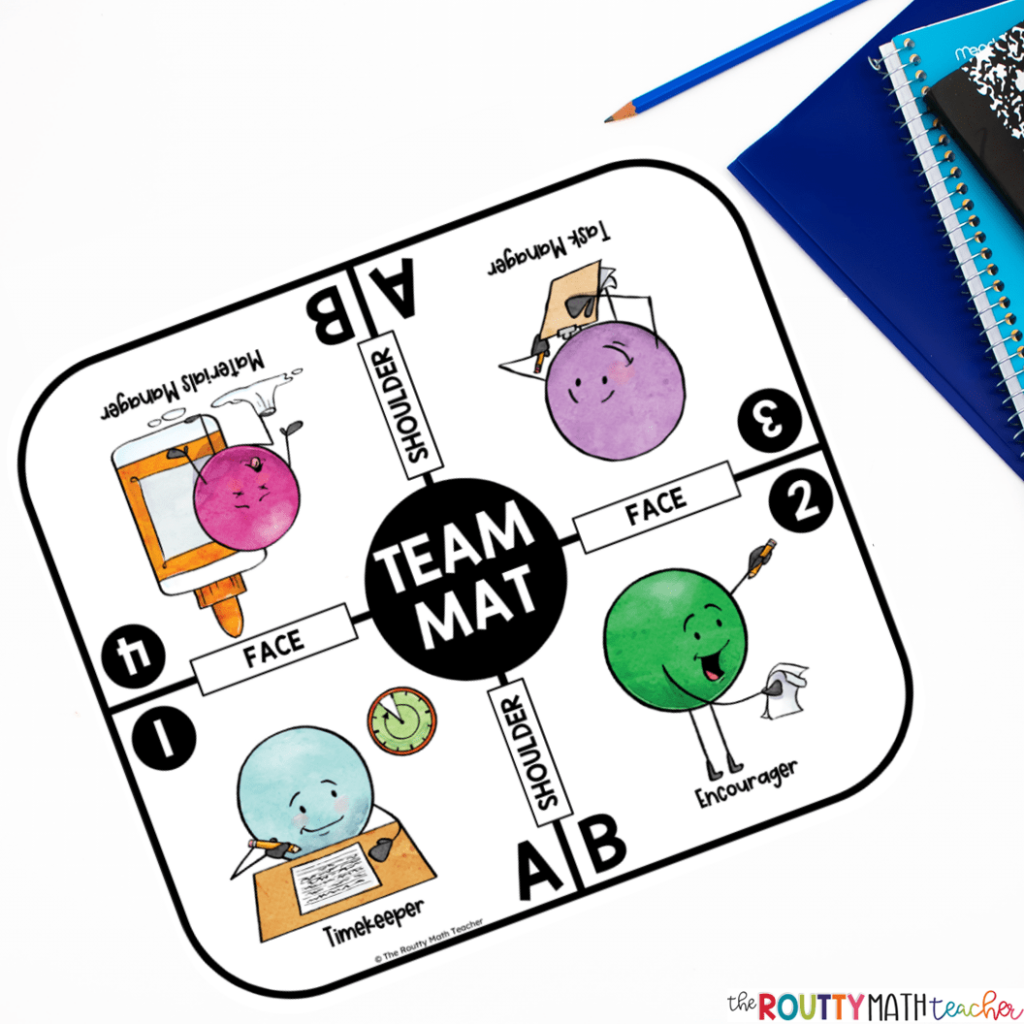
Ugh! My first year in the classroom, I was hesitant to use a teacher table. I wasn’t sure how to teach a small group and support the other students.
But, I knew it was important to provide support, so I did some research and found a few strategies that worked for me.
- Strategy 1: Institute a “one-minute” rule. This is where I move around the classroom for the first minute to ensure all students are on-task and working. During this time, my teacher table group works on an activity they can do independently to prepare for the guided math lesson.
- Strategy 2: Assign team leaders to help answer questions. This not only helps students develop leadership skills but gives them some responsibility as well.
- Strategy 3: Use colored cups to allow students to signal when they need help, after exhausting all other options. Students then continue working until help arrives.
- Strategy 4: Use hand signals so students can indicate what they need non-verbally. Then, I can look and nod to agree to their request.
- Strategy 5: Create an “If . . . then” chart for common issues that arise during math workshop, such as minor injuries, running out of materials, and issues between students.
- Strategy 6: Use a cooperative learning management mat to designate partners and eliminate arguments about who is going to work together. The same tool can also be used to assign roles during station rotations.
Ready to Rock Math Station Management?
Teach essential routines and procedures + Familiar activities + Help tools = Effective Math Station Management
It’s that simple! Implementing these three tiers of support will provide students with the tools they need to be successful.
Ready to dive in? Grab a free set of math station management tools using the form below.
Sound Off! What help strategies do you use in your classroom?

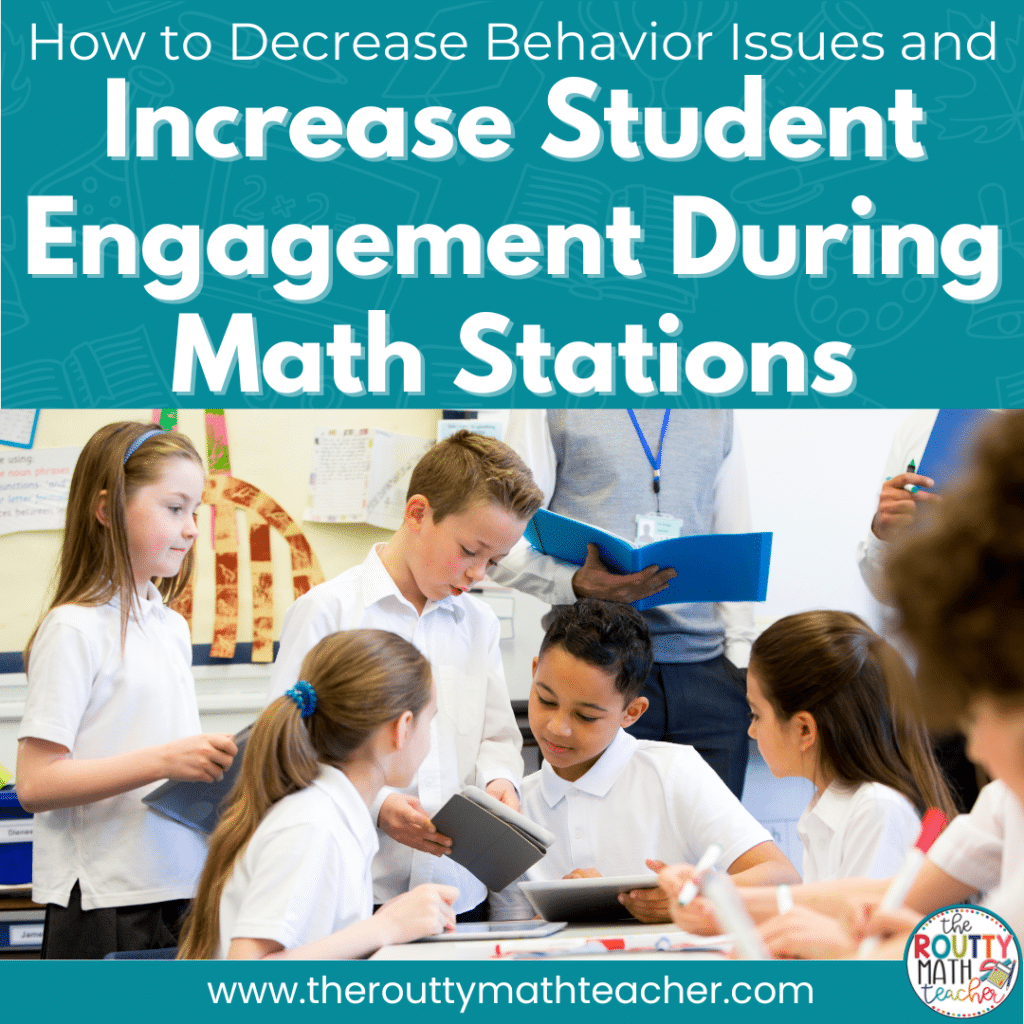



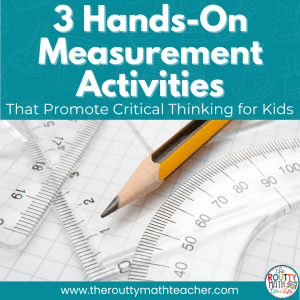
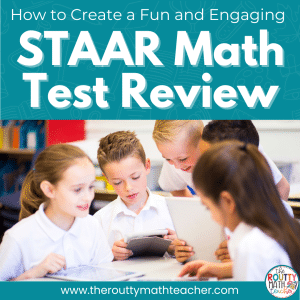
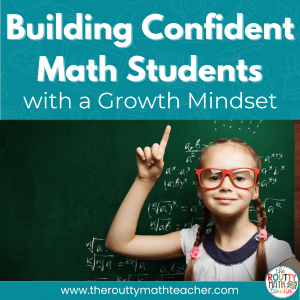
One Response
This post on math station management is a great resource for math teachers who want to keep their classrooms organized and running smoothly. The tips and strategies shared are practical and easy to implement, making it a must-read for anyone looking to improve their math instruction. I particularly appreciate the emphasis on student autonomy and responsibility, as it helps create a positive and effective learning environment.